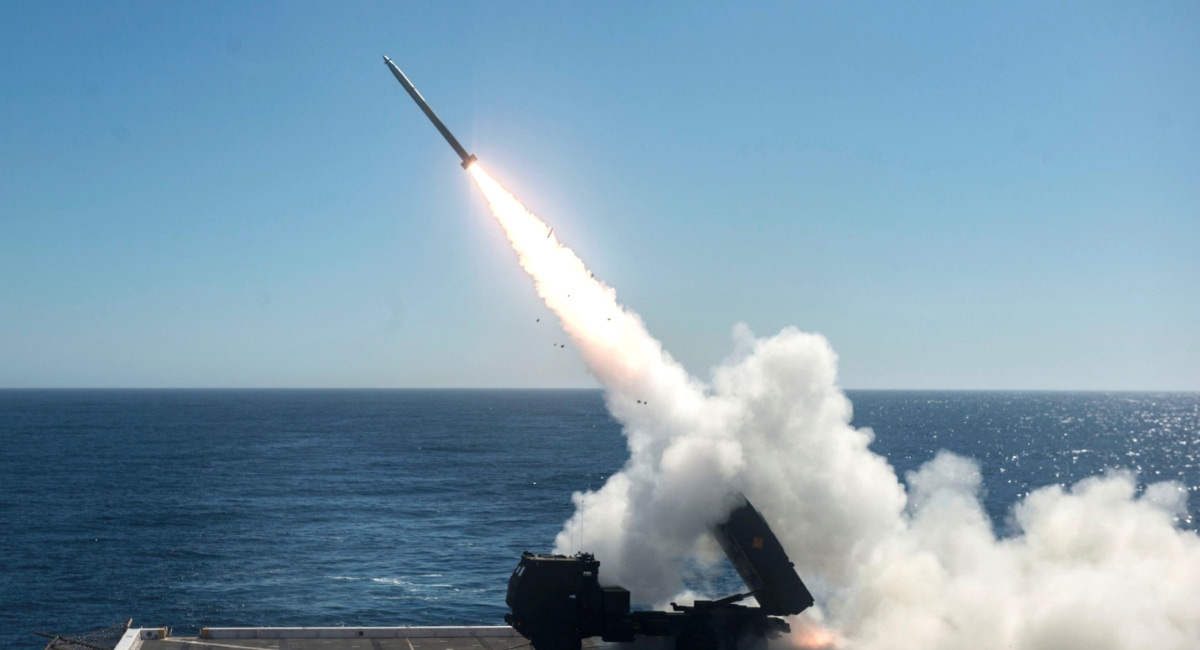Given Vladimir Putin’s audacious attempt to interfere in the 2016 U.S. presidential election and those of other countries around the world and his recent brutal invasion of Ukraine, it is understandable that he has become a global villain, especially to both policymakers and publics in the United States and Europe. And it is also understandable that much support in the West exists for weapons, military training, and money flowing to the Ukrainian war effort. Finally, it is even more understandable that President Volodymyr Zelensky, who is highly skilled in public relations, is leveraging his country’s “David” status to repeatedly demand more of those potent armaments to battle the invading and evil Russian “Goliath.” However, the time has come to be more clear-eyed and hard-nosed in evaluating Zelensky’s weapons requests.
As the war has progressed since the Russian invasion of late February, the United States and European countries have become less and less inhibited about aiding Ukraine, sending arms such as the U.S. HIMARS (High Mobility Artillery Rocket System), which has been used to launch rockets with lethal effectiveness into Russian command posts and supply depots around 50 miles away behind enemy lines. Also, the Biden administration has sent High-speed Anti-Radiation Missiles (HARMs), to home in on and destroy Russian radars and Harpoon anti-ship missiles to threaten Russian naval superiority of Ukraine’s coast. And this help came after the West shipped many handheld Javelin anti-tank missiles and Stinger anti-aircraft missiles, which contributed to Ukraine’s initial halting of the Russian thrust toward Kiev.
Ukraine, demanding ever more, now wants sophisticated U.S. longer-range weapons, such as F-15 and F-16 fighter jets and the Army Tactical Missile System (ATACMS), which can lob ballistic missiles up to 190 miles. All these systems could be used to strike Russian-occupied Crimea or even Russia itself.
Yet, such long-range weapons transfers could motivate Putin to escalate the war. Officials at the White House, U.S. intelligence agencies, and the Defense and State Departments already worry that Putin could decide to escalate the war to avenge his recent humiliating withdrawal in the face of a successful Ukrainian counteroffensive in Northeast Ukraine. The officials worry that such escalation could take the form of more intense bombardment of civilians in Ukrainian cities, a campaign to assassinate Ukrainian leaders, or even expanding the war to attack supply depots in NATO countries Romania and Poland for arms shipments into Ukraine. Of course, another possibility is Russian escalation to the use of nuclear weapons. Even if unlikely, President Biden has openly said that he was trying to help Ukraine without starting World War III.
In addition to potentially triggering unwanted escalation, there are other practical problems with sending ATACMs and fighter aircraft. The Pentagon has concluded that ATACMs are not needed to hit deeper targets than those currently affecting the battle. Also, General Hecker, the American air commander in Europe, has cautioned that training Ukrainian pilots to fly advanced American fighter aircraft would take way more than a year. Finally, there is always the important consideration that greater delivery of advanced weapons to Ukraine could deplete U.S. weapons stocks should a wider war in Europe, or one in Asia, break out.
Despite these important drawbacks, some members of Congress of both parties--posturing to be tough for the upcoming mid-term elections but who may very well flip-flop if any horrible Russian reaction occurs—are egging the Biden administration on to deliver such long-range armaments.
Yet, despite the post-World War II American propensity to try to right every wrong in the world, and especially to help an underdog that has been deeply wronged, the United States has fewer strategic interests in that region of the world than does nearby Russia—giving Putin a great incentive to escalate in the face of defeat. Therefore, President Biden should keep in mind the limited U.S. stakes in that region despite much anti-Russian emotion and is correct to limit the escalation potential of U.S. assistance to Ukraine.

















